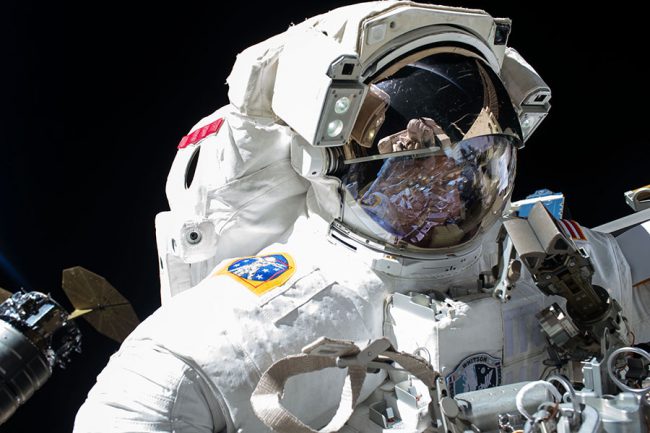A pair of astronauts will make an emergency trip outside the International Space Station as early as Tuesday to repair a failed computer.

The computer is reportedly one of the two main consoles that control major U.S. systems aboard the orbiting outpost, NASA said in a blog post Sunday.
The $100 billion orbiting laboratory is banking on on a backup system to route commands to its solar power system, radiators and cooling loops after the device failed on Saturday.
READ MORE: Astronauts lose important piece of space station shielding during spacewalk
In a statement, NASA said that the five-member crew hailing from the United States, France and Russia were never in any serious danger, and expects a decision to be made later on Sunday regarding the imminent space walk.
The walk will likely take approximately two hours, though it’s still unclear which astronauts will make the trek, and which day the mission will take place. Station commander Peggy Whitson assembled and tested a spare electronics box to replace the failed device.

Get daily National news
The computer slotted for replacement was installed during a space walk on March 30, said NASA spokesman Dan Huot.
WATCH: Astronauts conduct spacewalk to replace batteries on the ISS

NASA’s last emergency space walk took place in December 2015 when two American astronauts ventured outside the station to release the brakes on a robot arm’s mobile transporter.
The ISS, which is staffed by rotating crews of astronauts and cosmonauts, serves as a research laboratory for biology, life science, materials science and physics experiments, as well as astronomical observations and Earth remote sensing.
READ MORE: NASA providing 1st live 360-degree view of rocket launch
The station, owned and operated by 15 nations, flies about 400 km above the Earth and orbits the planet about every 90 minutes. It has been continuously staffed by astronauts and cosmonauts since 2000.
With files from Reuters.








Comments